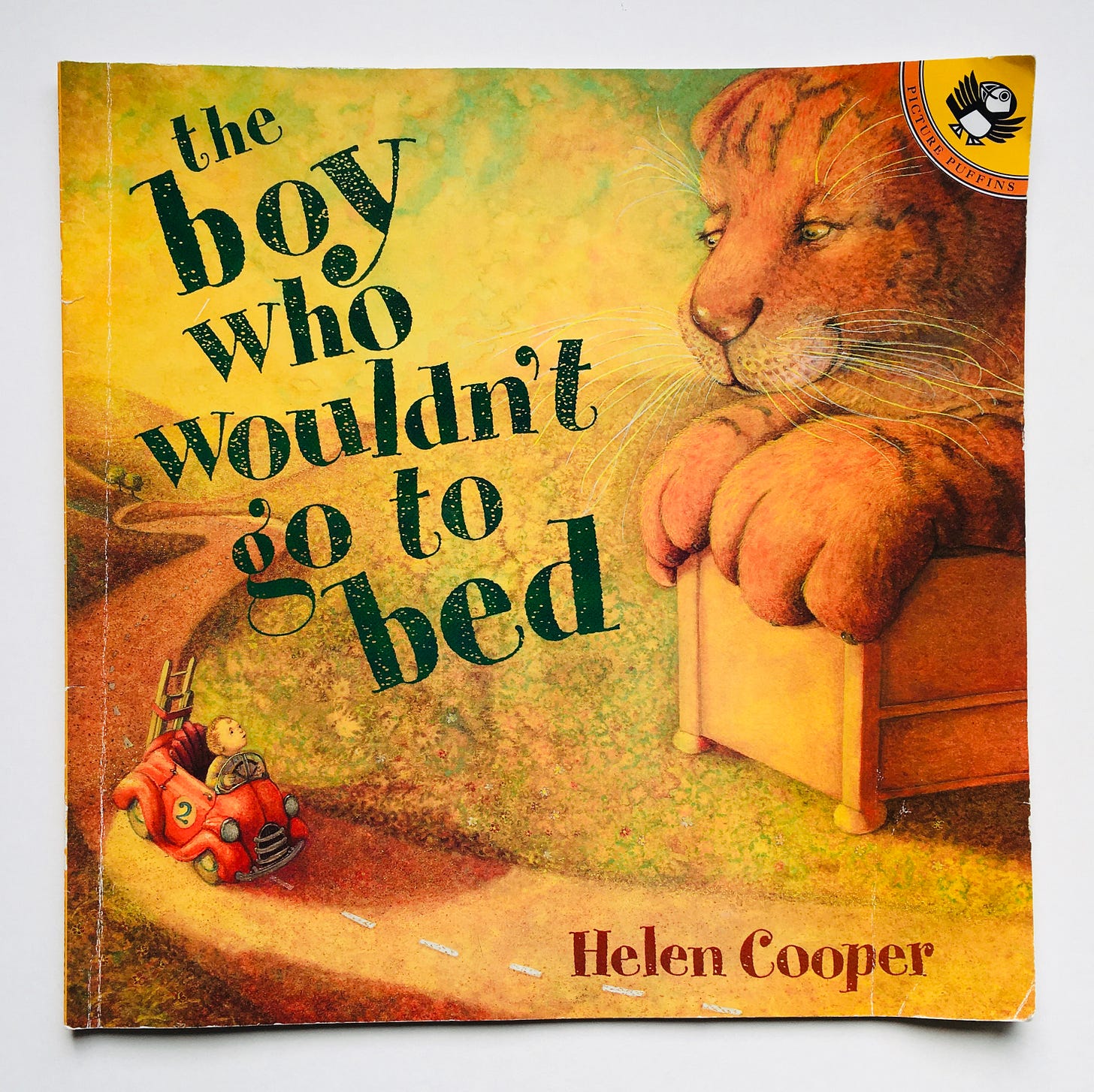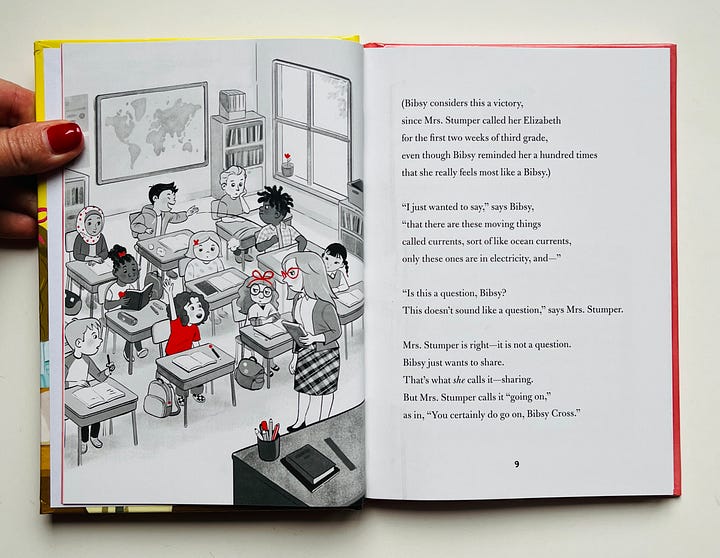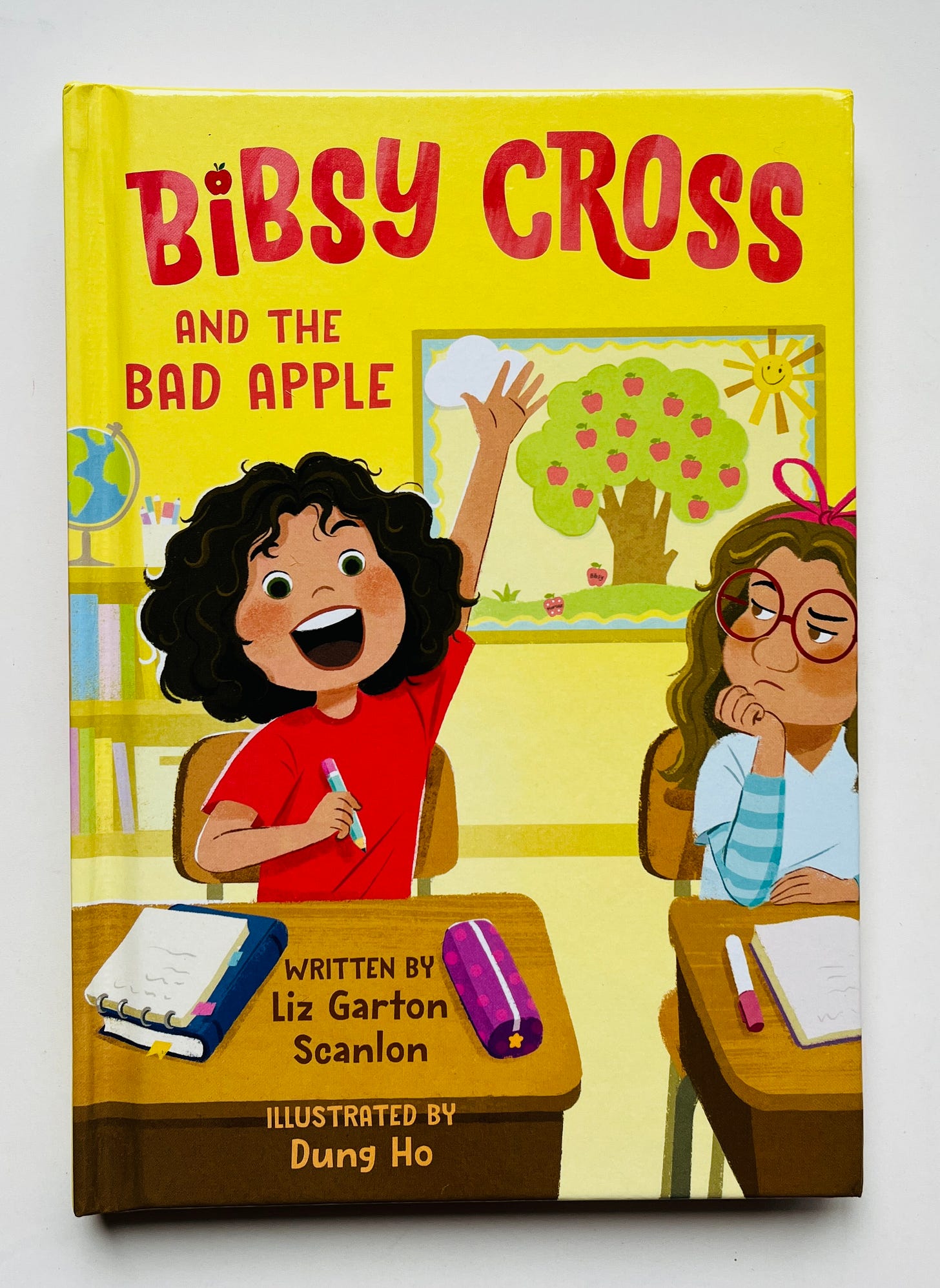Hello, you delightful people.
I’m traveling for work this week (just like last week and next week and the week after that, and that), dealing with an inconvenient and painful health issue that saps my energy to near zero and thus annoys me on an almost unspeakable level because it holds me back, and I do not like to be held back, NO, THANK YOU, and find myself in the doldrums of summer, just a little bit. (“A state of inactivity, stagnation, or depression;” also “a region with calms, sudden storms, and light unpredictable winds”? Exactly.)
I hope you’re well. I hope you’re finding something in your life that brings you delight, or joy, or ease, or comfort. I hope, if you find yourself in your own doldrums of summer, that you’re letting the rain wash away whatever you no longer need and feeling the breeze kiss your sweet face. You’re doing an amazing job at all of it — the whole shebang — and don’t for even one second tell yourself differently, because we believe ourselves, you know? We really do.
So be on your own side, for goodness’ sake. Look in the mirror and tell yourself you’re brilliant and beautiful and badass and bold, because you’re all of those things and more.
Ma'ii and Cousin Horned Toad by Shonto Begay (1992)

The beauty of coyote tales — apart from their inherent teachings, their inventiveness, and their humor — is how deeply children seem to identify with and delight in his trickster soul. Like Anansi, another traditional trickster, Coyote is sometimes brave, sometimes lacking courage, but always the vehicle through which rich instruction and wisdom are conveyed in an entertaining and refreshing way.
This Navajo tale from Begay, who is Diné himself and was first told this story by his grandmother, is a classic — and utterly hilarious — example of these robust stories. Here we find Coyote, called Ma’ii (Ma-EEH), hungry but unwilling to do the work of the farm that belongs to his cousin, Horned Toad. Horned Toad is generous in sharing his corn with Ma’ii despite the latter’s shortcomings, but because of these shortcomings, eventually Ma’ii decides to eat Horned Toad in order to take over his farm.
What would be the end for another animal is just the beginning for clever Horned Toad, who teaches Ma’ii several lessons from inside Ma’ii’s stomach — the more Ma’ii tries to get rid of and otherwise destroy Horned Toad to suit his own selfish ends, the more comfortable and at-home Horned Toad becomes.
Finally Horned Toad’s lessons are too painful for Ma’ii, leaving the reader with a satisfying sense of justice toward those who take what doesn’t belong to them and behave ungratefully. This didactic tale, rendered in wonderfully active illustrations fascinating to children (Horned Toad inside Ma’ii’s stomach is a huge draw), is light-hearted, very funny, and superbly told.
Mr. Gumpy’s Outing by John Burningham (1965)

The premise of this title is simple: Mr. Gumpy is going somewhere, and the children and the animals want to come too. Mr. Gumpy lays out his terms: basically, okay, you can come, but only if you don’t make too much noise or rock the boat or act a fool. Everyone agrees, and everyone fails — of course — so the boat gets rocked, as boats tend to do.
Burningham’s fuzzy line drawings add to the romping feel here (he does the same, to equal effect, in the 1973 sequel, Mr. Gumpy’s Motor Car, which has essentially the same storyline except in a car). This is another one of those books that children love though I don’t entirely understand why, except, I guess there is appeal in watching one thing building upon another and another: that’s how most of life (and boat-rocking) happens, after all.
The Boy Who Wouldn’t Go to Bed by Helen Cooper (1996)

“‘Bedtime!” said the mother. ‘No!’ said the boy, playing in his car. ‘It’s still light.’”
Have you been there? If you haven’t, lucky you. For the rest of us, this is a familiar story of a child refusing to go to bed — up until the little boy revs up his car, “vroom-chugga-chug,” and drives away as fast as he can into a whimsical fantasy land where he comes upon all sorts of creatures.
He asks each one of them to play, but they all decline because it’s late and they’re too tired, and eventually even the boy’s car stops, having fallen asleep too. The boy finds himself “quite still, awake and alone, with the sleeping world around him,” until rescue comes in the form of someone else who is not asleep, someone who can’t go to bed until the boy does.
Cooper writes such excellent books — her illustrations here are evocative and visually interesting, containing all sorts of little hidden clues as to what’s really going on, where the boy really is — but my favorite part about this one is the mother, who comes and finds him in his imaginary land. Her love for him — and the tenderness she exudes in what is, at least in my house, one of the most difficult times of parenting, the last 15 minutes before bedtime — suffuses the whole book and puts a warmhearted spin on the boy’s defiant quest to stay awake (maddening for parents, life goals for children).
Somehow, on all its levels, this title manages to be the whole package.
Bibsy Cross and the Bad Apple by Liz Garton Scanlon, illustrated by Dung Ho (2024)
Listen, the minute I saw this early reader in verse, I said yes, yes, yes to reviewing it. It’s not just that I love novels in verse — I do, I DO — but also because there aren’t that many for this age group.
(There aren’t. I double-checked with my local superstar children’s librarian, Hannah Klapperich-Mueller, who not only puts up with me on the regular but wrote a guest post for this newsletter once upon a time, All-ages recommendations from my favorite children’s librarian. She confirmed my hypothesis that there are not, in fact, many novels in verse for the 7-10yo crowd. I felt vindicated, in an argument against no one.)
ANYWAY.
Eight-year-old Bibsy Cross is the delightful and spirited heroine of a new series for early readers — a girl who has serious Ramona and Dory Fantasmagory vibes. (Say no more, am I right?)
In this first book, Bibsy really is just trying to do her best in school, but she’s stuck with a terrible teacher, Mrs. Stumper. Mrs. Stumper thinks Bibsy asks too many questions, raises her hand too often, is too excited about her science fair project. (You want to see my hackles go way, WAY up, tell someone — anyone, me — that they are “too much.” I will burn a hole in your soul.)
Not gonna lie: I have a huge problem with Mrs. Stumper. You’ll have to read this one to discover for yourself what she does and how she operates, but I’ll tell you that I got truly mad reading this. I may have uttered a few choice words out loud (the full and explicit version of “This is BS!” rings a distant bell). I handed it to my 7yo and said, “I need you to read this so we can discuss this appalling teacher.” Which, incidentally, intrigued her enough that she immediately added it to her bedside TBR pile.
This is all to say: this one will appeal to any child who has ever been stuck with a teacher who wasn’t a good fit (and isn’t that all of us?), but especially new(er) readers. Ho’s two-color digital illustrations are adorable, but the compelling story written in verse makes this an accessible format — and an enjoyable experience — for younger middle-graders.


And the (further) good news is, the second book is already out: Bibsy Cross and the Bike-A-Thon:

Happy reading!
Sarah





Feel better soon, Sarah. We love Mr. Gumpy's Outing per your prior recommendation (and incidentally my girls call my dad "Grumpy" so we call it Mr. Grumpy's Outing) and I have Bisby from the library but when we started I thought the teacher character was so unlikeable that we stopped reading! Perhaps I'll try again. Good luck with all of the travel.
Hope you’re on the path to recovery (from everything!) and restful times are ahead. I haven’t read the Mr Gumpy books but the illustrations look charming!